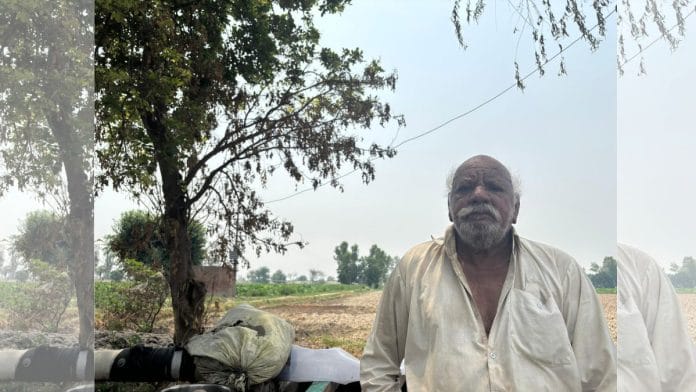Ferozepur: Every night in Punjab’s Habibwala village, 75-year-old Sher Singh would make a series of announcements on the loudspeaker—one when it was time to turn off the lights and put out cooking fires, two to summon everyone to gather just before the blackout. In case of a drone sighting, he would make phone calls to specific villagers, who would in turn quietly ensure everyone was on alert.
In his cramped room near the border with Pakistan, Sher Singh—who was a home guard during the 1971 war—stayed up through the night amid escalating India-Pakistan tensions.
Habibwala, a quiet village of roughly 4,000 people in Ferozepur district, sat nestled behind a ring of security fencing. Most families resided in the central settlement, but some lived in scattered dhanis—modest homes located on farmland far from the village’s core.
The landscape was rich and green, with fields of colocasia, capsicum, and chillies stretching toward the horizon. These farms reach into the buffer zone along the international boundary. Villagers tending their radish and carrot fields crossed the iron fencing using special border passes issued by security forces.
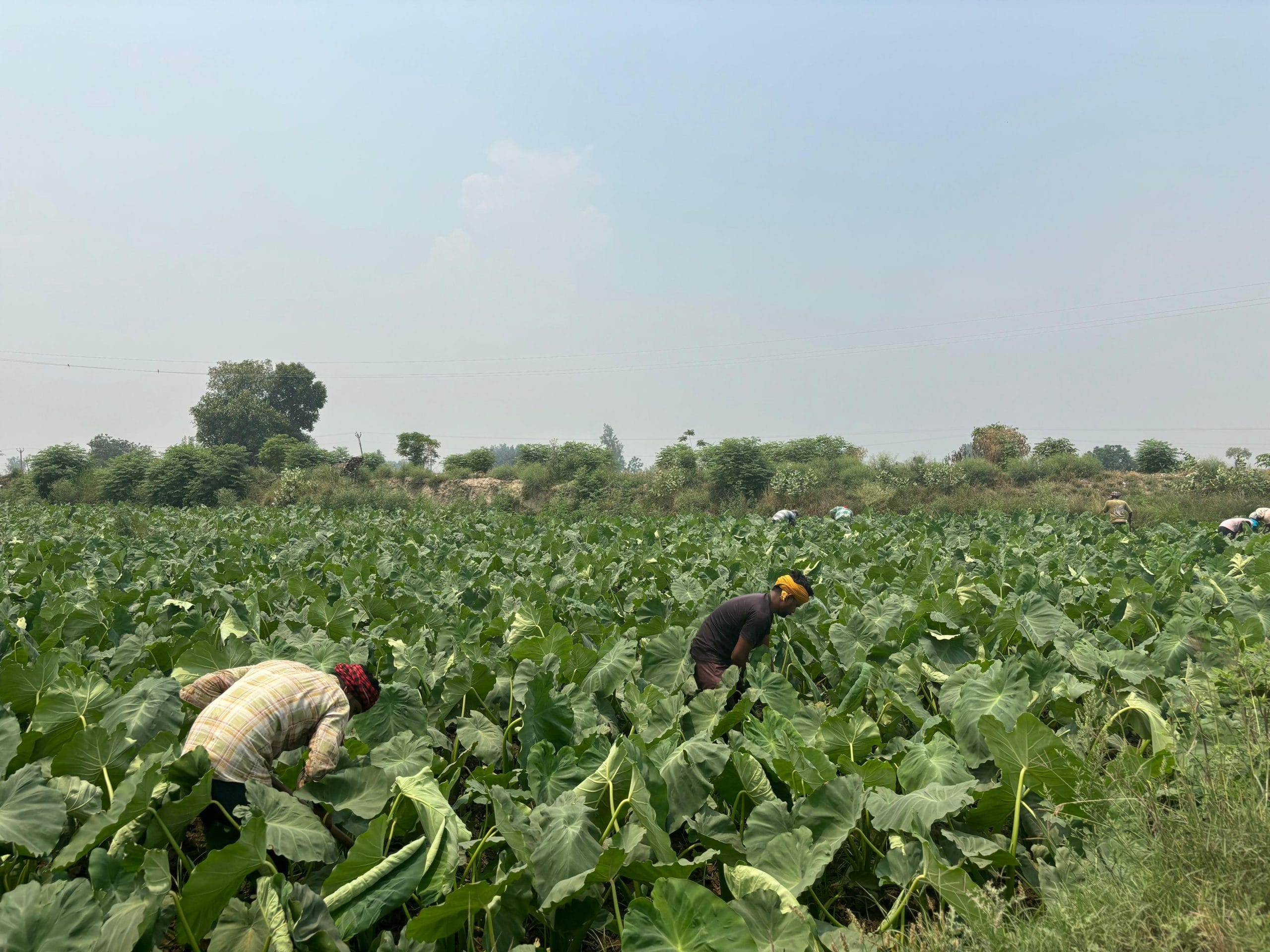
Symbols of resilience
As tensions rose, families in Habibwala and nearby Jalalwala made a painful decision: they sent away their sons, daughters-in-law, and grandchildren to safer areas deeper in the village. The elderly stayed behind—to protect livestock, support the security forces, and hold the line.
“The idea was to preserve our lineage, in case things go out of hand and if this place was wiped out,” said Puran Singh, 65. “We didn’t want to abandon the cattle. Our young ones came back during the day to help with farming, stocking supplies, and building bunkers.”
“We had to support the jawans. We were not afraid to die,” he said. “This wasn’t our first war. My ancestors saw 1947, my sisters witnessed 1965. If we left, who would hold morale for others? We might have been old, but we could still fight.”
Standing beside him, his wife Banto Bai nodded. Asked if she had felt afraid, she replied, “Not for a second. I didn’t send my sons and their children away because of fear. It was practical. My father always said, ‘Do anything during war, but do not panic—support the Army’.”
Banto Bai, 63, is the daughter of a soldier who had served in the 1965 India-Pakistan war. Her home lay barely 500 metres from the border.
“We were right in Pakistan’s target zone, positioned between the army base here,” she explained. “People told us to flee. We told them, if the jawans could stay up, we would too. If someone was injured, if they needed help, we were here. We had no option but to be resilient.”
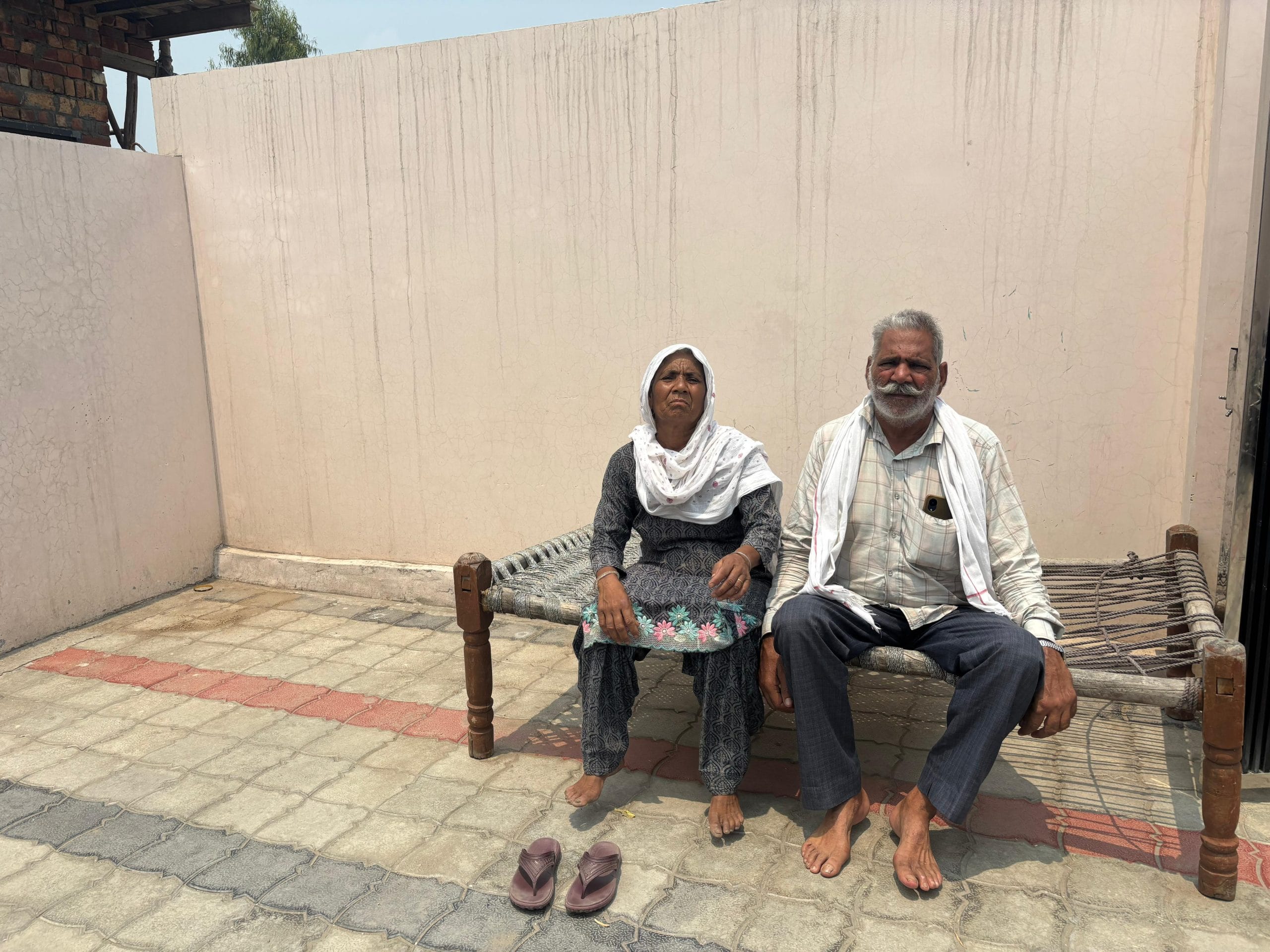
Puran Singh’s extended family, nearly 300-strong, was spread across Habibwala and Jalalwala.
‘Drone duty’
This was not Sher Singh’s first night vigil. At other times, villagers had turned to him whenever they had spotted drones.
“One week before the jung, I saw a drone drop off something—it was heroin,” he said, sitting on his charpai in the middle of a colocasia field. “I called the local police, and they took care of it.”
“I was on duty all night. The villagers were counting on me. Sleep didn’t matter, age didn’t matter,” he added.
The 1971 war had been different, he said. “Now, we don’t even know where the attack might come from. Everything is technology driven. It’s hard to spot drones. We know the protocol—don’t go near them, don’t touch anything.”
In Jalalwala, Iqra Bai and a group of women prepared chapatis and sabzi daily, packing tiffins for Army and Border Security Force personnel stationed nearby.
One night, she had stepped out to check on her dog—pregnant and whimpering in a shed—only to see white lights flickering in the sky.
“I rushed inside and called the other women,” said Iqra Bai, 45. “We quickly brought in all our animals. My dog gave birth to five puppies that night.”
Building bunkers
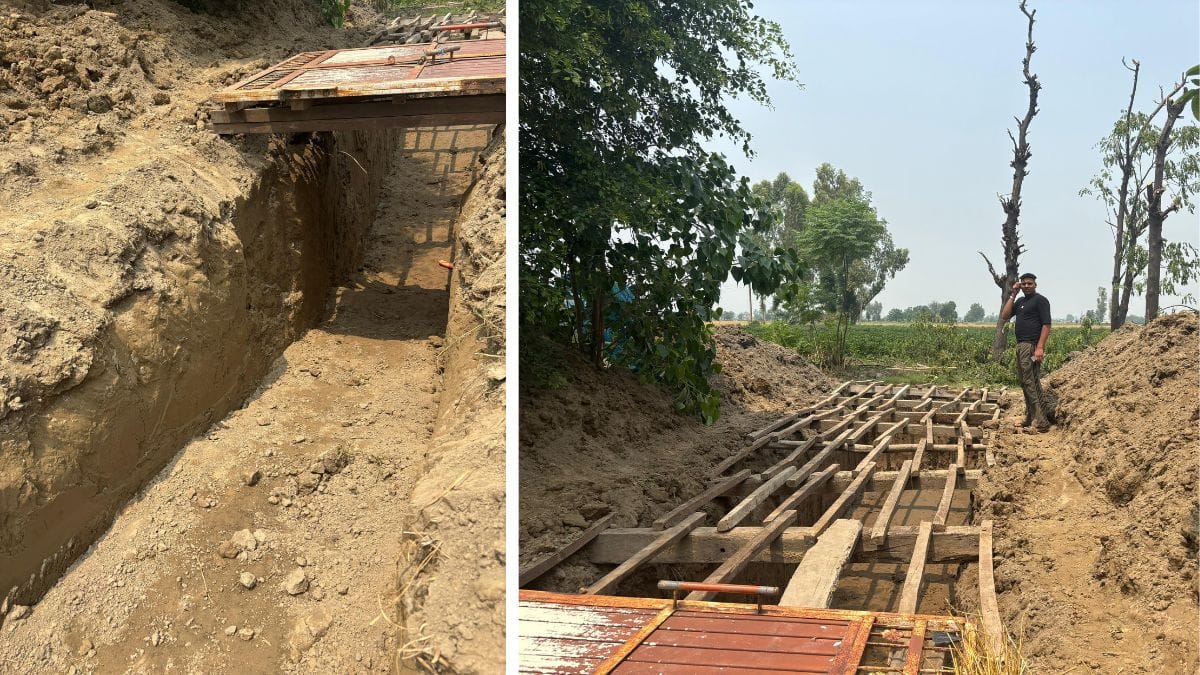
Puran Singh’s son, Bagicha Singh, the sarpanch of Habibwala, had consulted neighbouring villages, their sarpanches and proposed a plan: build bunkers, since attacks had started in daylight too.
Durga Bai from Baheke village, Iqra Bai from Jalalwala, and Banto Bai from Habibwala alerted women to bring shovels. Suraj, 19, gathered the village’s younger men two days before the bilateral understanding. Together, they dug from dawn to dusk.
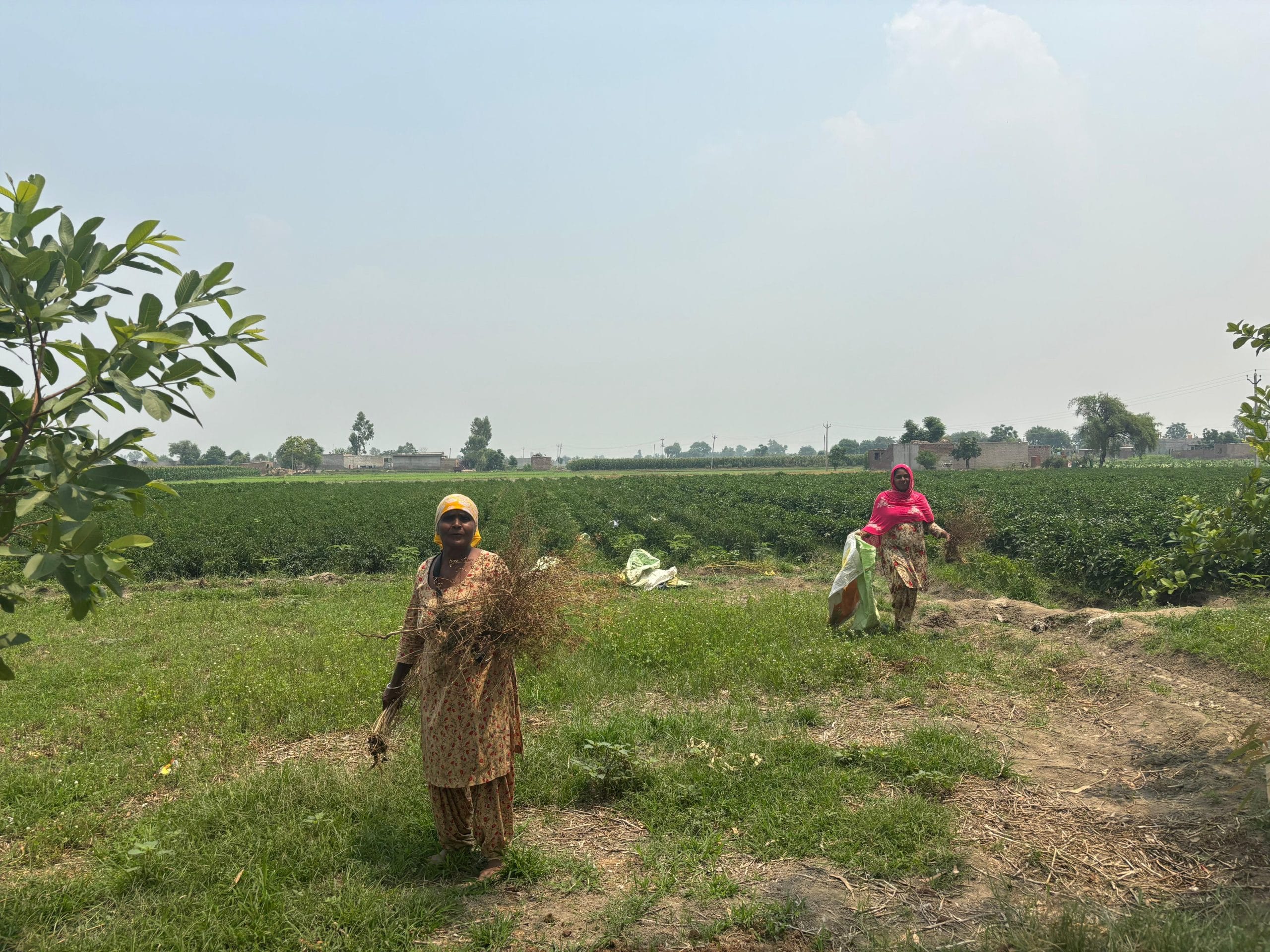
Four large bunkers were constructed, each reinforced with iron shutters. Mattresses were placed inside for rest. Men and women armed themselves with hammers, knives, and sticks in case the Pakistani army advanced.
“When the women were in the fields, the men dug. When the men worked, the women dug. We planned to cover the bunkers with sand and leaves so they would blend with the surrounding plantations,” said Durga Bai.
Nearby, nine-year-old Gurcharan Singh had handed a tiffin to a BSF jawan and said, “I want to become like you.”
(Edited by Radifah Kabir)
Also Read: US Homeland Security knew in 2020 Pakistani firm illegally sold satellite images to Pak govt



